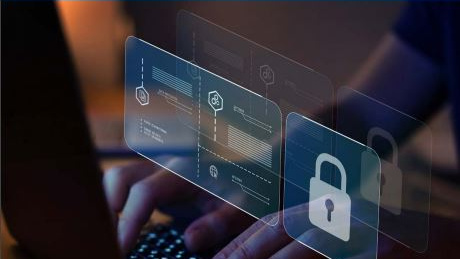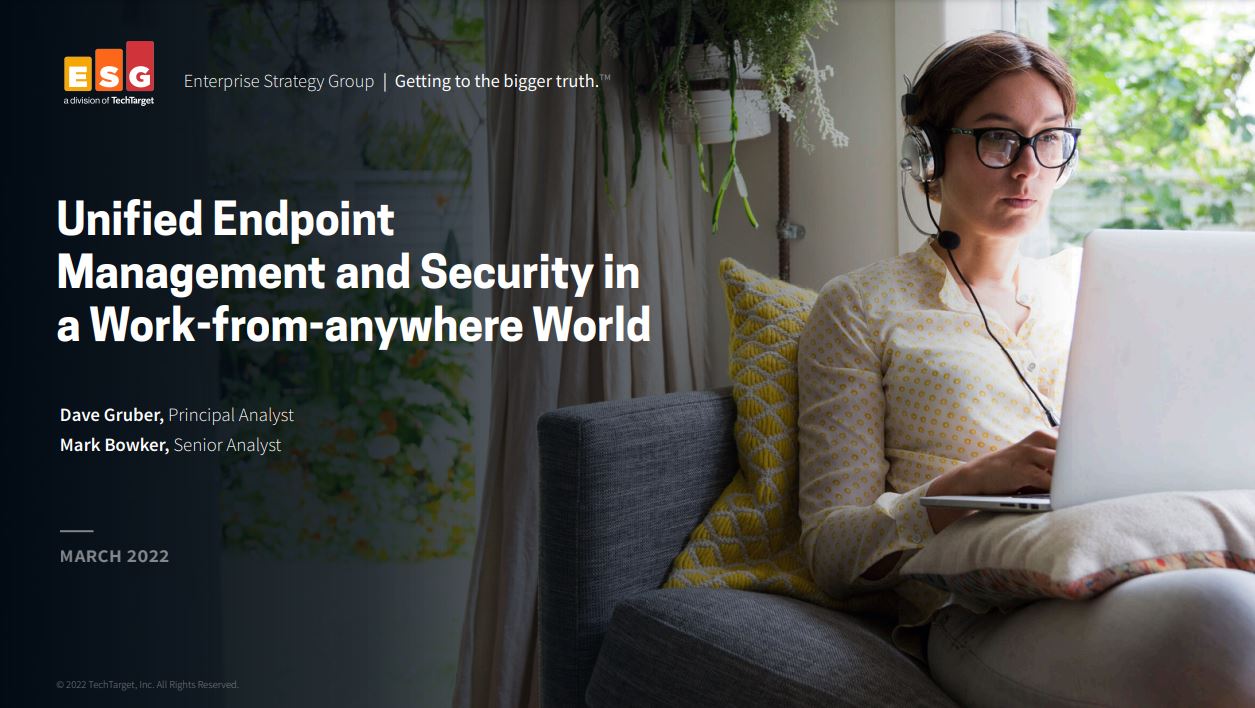Making office culture great again
With the post-COVID workplace taking shape, efforts are underway to resurrect the collaborative benefits of the age-old water cooler moment


Strong businesses understand their workforce is their most precious asset. Balancing work, wellbeing, and life has rightly jumped to the top of business agendas, too, as organisations look to re-evaluate what work means. Also paramount, in the wake of COVID-19, has been assessing how enterprise culture can be protected and nurtured as a major reconfiguration takes place.
The majority (64%) of respondents to the Poly Evolution of the Workplace report think the pandemic has changed office culture forever. Nearly three-quarters (69%) of office workers state the nine-to-five has been replaced with any-time working – not to be confused with the always-on culture. Within the 18-24 age group, too, 62% have never visited their employer’s office.
If the perimeter of work is disappearing, its critical components, such as the ubiquitous meeting, must also change. As the pandemic deepened, video conferencing exploded. Taking workplace equality into consideration is also critical, given not everyone can use these tools effectively. Workers mustn't feel isolated and distant from their team members, for instance, even though they may be. The employee experience becomes paramount, or efficiency and wellbeing suffer.
“More organisations must invest in technology that can empower employees both in their personal and professional lives, helping to nurture existing skills but also guide career development,” Sarah Henry, VP HR Solutions EMEA at Oracle, tells IT Pro. "Navigating this change in the work culture has meant managers must become ‘people’ managers by empowering their employees and making them feel heard. In this new virtual world of work, this has become more important than ever.”
The wellness balance
With businesses continuing to struggle to secure vital skills, how, when and where work takes place is more important to achieving balance. Work is now something you do, rather than a place you visit, with more fluid working practices presenting additional challenges in creating efficient teams. It’s especially true considering many team members may be geographically remote. The greater autonomy workers now demand also feeds back into how enterprises must protect the wellbeing, career progression, and the workplace culture that ultimately attracts people they need.
Businesses that understand what’s driveing changes to their workforce will thrive. Major shifts are already taking place. WANdisco, for instance, recently announced it would switch to a four-day week. “By empowering our employees and giving them greater flexibility with their time, we believe we're creating the right conditions for business success now and well into the future,” says its SVP for HR, Anne M Lynch.
Loaded PR, too, are switching to what they call a 'work when you want' model, with founder Gemma Birbeck explaining: “Employee wellbeing is extremely important to me, and I feel that as the working world around us evolves alongside the need for a better work-life balance increases, it’s my responsibility to make sure we are responding and evolving alongside it. All of these reasons are why we’ve introduced this model.”
Get the ITPro daily newsletter
Sign up today and you will receive a free copy of our Future Focus 2025 report - the leading guidance on AI, cybersecurity and other IT challenges as per 700+ senior executives
Discussions around reducing the working week to four days, or even three days, has heightened in recent months, with businesses keen to explore the widely touted productivity gains. Perhaps compressing the working week will also allow many workers to pursue their own business ventures and side hustles.
Fully loaded
The anxiety of managing a large number of applications, and the data they produce, meanwhile, is being replaced with neo tech stacks. This is to ensure businesses have both efficient and healthy workers who are engaged and attuned to a well-defined business culture.
“Some estimates say the average remote working employee is expected to use more than eight apps daily throughout the course of their job just to stay in touch with their colleagues,” says Greig Johnston, CEO of workplace engagement app Engage4. “In today’s environment, your team should feel connected wherever they are. That extends, however, beyond basic communication and video check-ins. An entire company’s culture can’t rest solely on daily Teams meetings, Facebook groups and Slack channels.”
Part of solving this conundrum is making processes like onboarding and retaining staff more seamless, Johnston continues, while outwardly projecting your company’s values and wearing its culture like a badge of honour. “Instead of littering a new starter’s desk or filling up their inbox with countless contracts, handbooks and training documents, for example, your business should be looking to digitally house everything in one, easily accessible place.”
Incidental conversations essential for ambient learning, and ‘water cooler moments’ in which impromptu ideas are exchanged between teams, have been lost. How this kind of office culture can be replicated in a digital space is, therefore, vital. Collaborative tools must be deployed with care and attention, however, or there’s a risk these applications will further erode company culture.
Water cooler tech
Today’s employee experience is closely connected to the technologies workers come into contact with daily, but hybrid working practices require a hybrid approach to technology. Although the pandemic was characterised as ‘Zoom working,’ the reality was that a suite of applications was often cobbled together to create working environments businesses needed to simply remain productive.
Indeed, 77% of businesses believe a significant legacy of COVID-19 is the digital-first mindset shift, according to Advanced, with 46% stating the most important aspect of business leadership is ensuring employees have the right tools to do their jobs.
"Audience engagement tooling like Mentimeter and Slido can be a powerful way to get remote viewers involved,” business strategist and founder of Radbourne Consulting, Christy Kulasingam, explains. “A key part of replicating culture in a digital space is intentionally creating channels for audiences to interact, express their thoughts, and give feedback. Culture is built on meaningful collaboration. When architected well, they can elevate and create standout moments in the events and experiences you create.”
Maintaining meaningful connections with colleagues has always been the foundation of a productive business culture. Moving forward, some level of face-to-face communication will return, but the digital elements that have dominated these channels are here to stay. How they’re deployed, and the support given to each user demands flexible strategies and an understanding of the human need to connect.
David Howell is a freelance writer, journalist, broadcaster and content creator helping enterprises communicate.
Focussing on business and technology, he has a particular interest in how enterprises are using technology to connect with their customers using AI, VR and mobile innovation.
His work over the past 30 years has appeared in the national press and a diverse range of business and technology publications. You can follow David on LinkedIn.
-
 Bigger salaries, more burnout: Is the CISO role in crisis?
Bigger salaries, more burnout: Is the CISO role in crisis?In-depth CISOs are more stressed than ever before – but why is this and what can be done?
By Kate O'Flaherty Published
-
 Cheap cyber crime kits can be bought on the dark web for less than $25
Cheap cyber crime kits can be bought on the dark web for less than $25News Research from NordVPN shows phishing kits are now widely available on the dark web and via messaging apps like Telegram, and are often selling for less than $25.
By Emma Woollacott Published
-
 IT professionals aren’t budging on flexible work demands – and more than half say they’ll quit if employers don’t meet expectations
IT professionals aren’t budging on flexible work demands – and more than half say they’ll quit if employers don’t meet expectationsNews Analysis from Randstad shows 40% of UK-based IT pros have quit over a lack of flexible work options, while 31% of workers globally have done the same.
By Ross Kelly Published
-
 'Digital hide-and-seek': Workers are wasting hundreds of hours a year sourcing the information they need to carry out their role
'Digital hide-and-seek': Workers are wasting hundreds of hours a year sourcing the information they need to carry out their roleNews Knowledge workers globally are wasting a quarter of their working week tracking down information, new research from Atlassian has revealed.
By George Fitzmaurice Published
-
 'The tide seems to be turning towards office attendance': 64% of hybrid business leaders want staff back in the office – but many worry that enforcing RTO mandates will drive employees away
'The tide seems to be turning towards office attendance': 64% of hybrid business leaders want staff back in the office – but many worry that enforcing RTO mandates will drive employees awayAnalysis Many UK business leaders want their staff back in the office more frequently, but they’re scared to implement return to office (RTO) mandates in fear of worker revolts.
By George Fitzmaurice Published
-
 Employees are dead set on flexible working arrangements – three quarters would turn down a role that didn't offer hybrid options as work-life balance becomes more important than pay
Employees are dead set on flexible working arrangements – three quarters would turn down a role that didn't offer hybrid options as work-life balance becomes more important than payNews New research shows workers are increasingly demanding flexible working arrangements from employers.
By Emma Woollacott Published
-
 Nearly half of tech workers are seeking new roles – declining employee benefits and reduced flexible working options have staff looking elsewhere
Nearly half of tech workers are seeking new roles – declining employee benefits and reduced flexible working options have staff looking elsewhereNews While salaries are rising for tech workers, other benefits are in decline, leading to a fall in job satisfaction
By Emma Woollacott Published
-
 Untethered: How CIOs and CISOs are paving the way for the new hybrid workforce
Untethered: How CIOs and CISOs are paving the way for the new hybrid workforceWhitepaper Effective techniques to transition from exposed legacy infrastructure to an effective zero trust strategy
By ITPro Published
-
 Unified endpoint management and security in a work-from-anywhere world
Unified endpoint management and security in a work-from-anywhere worldWhitepaper Learn how to converge endpoint management and security processes and systems to drive efficiency and reduce risk
By ITPro Last updated
-
 Unlocking the power of your digital services
Unlocking the power of your digital servicesSponsored Businesses have invested significant cash into technology since COVID-19, but are they really getting their money's worth?
By ITPro Published